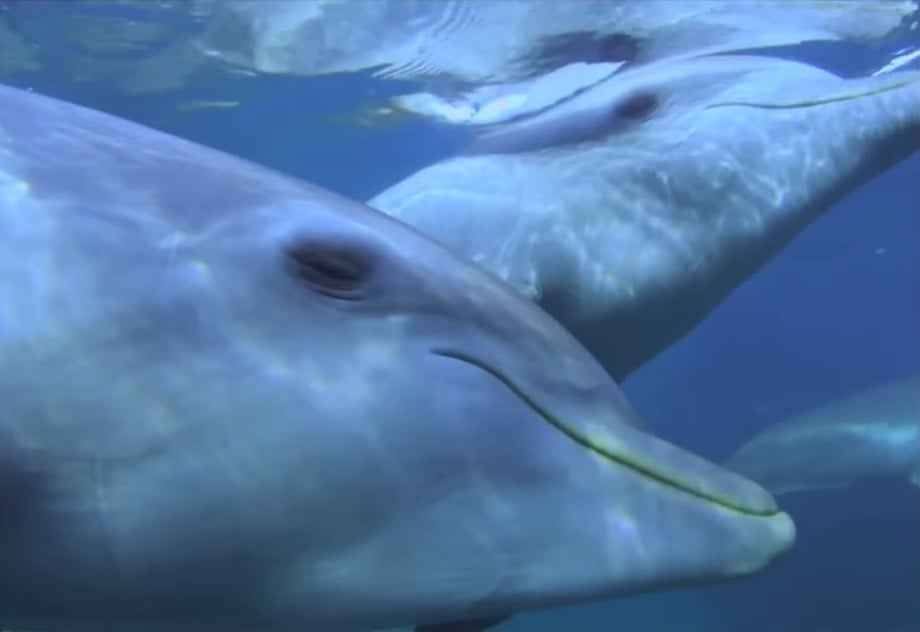Teenage Dolphins Get High on Puffer Fish Toxin
In 2014, BBC aired a two-part documentary that featured intimate and close-up footage of dolphins using remote-controlled cameras disguised as sea creatures like turtles and fish. In one of the scenes, a group of adolescent dolphins captures a puffer fish and passes the ball-shaped little guy around. But as narrator David Tennant explains, what the dolphins really appear to be after is the toxin released by the puffer.
When attacked, puffer fish release a neurotoxin. In high doses, it can kill, but in small doses, it has a narcotic effect. It seems to be affecting the dolphins. They appear totally blissed out by the whole experience. And remarkably, all take turns in passing the puffer around.
Puff, puff, pass. Puff, puff, pass. Look at these blissed-out young’uns!

The dolphins were filmed gently playing with the puffer, passing it between each other for 20 to 30 minutes at a time, unlike the fish they had caught as prey which were swiftly torn apart.
Zoologist and series producer Rob Pilley said that it was the first time dolphins had been filmed behaving this way.
At one point the dolphins are seen floating just underneath the water’s surface, apparently mesmerised by their own reflections.





Stay Connected